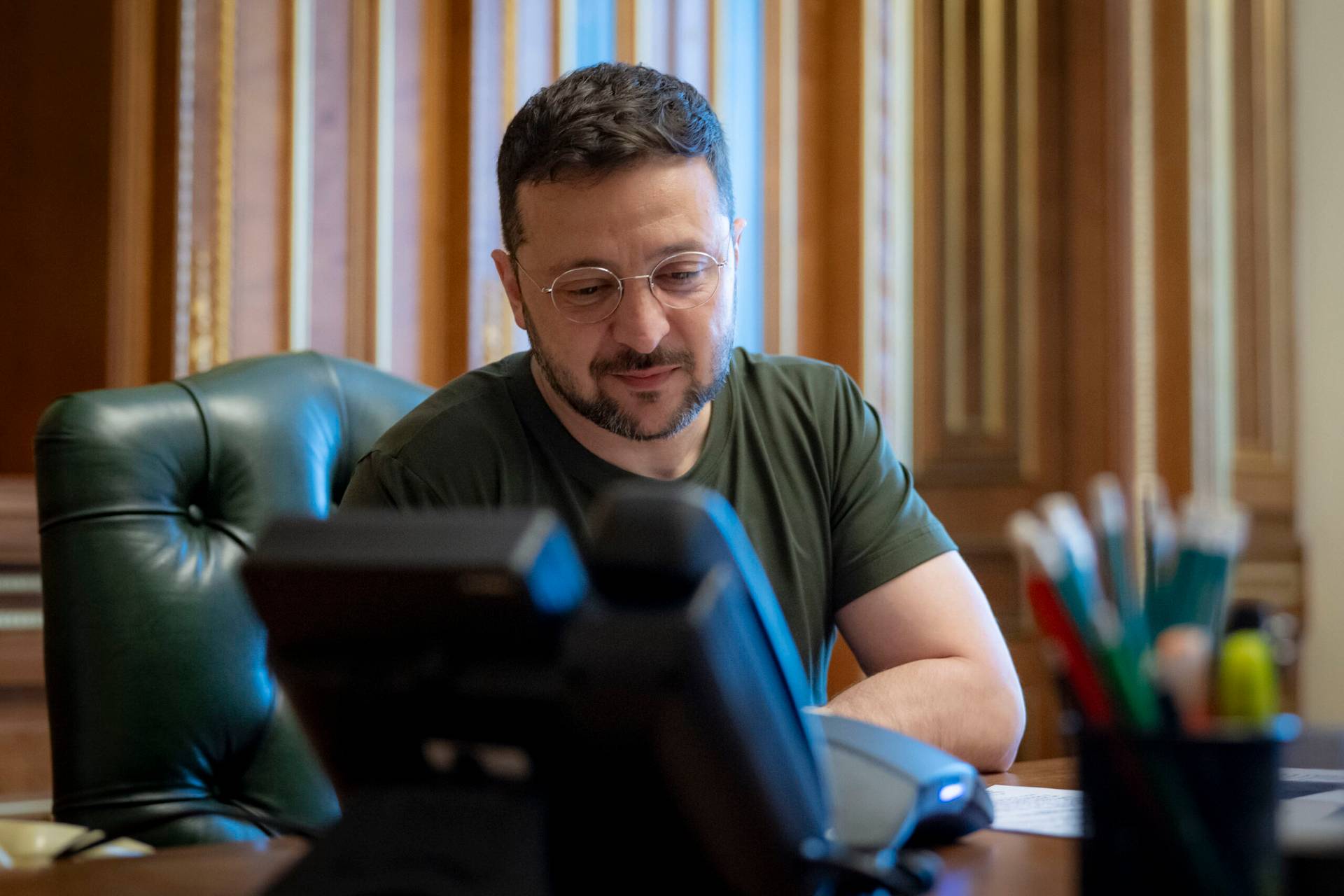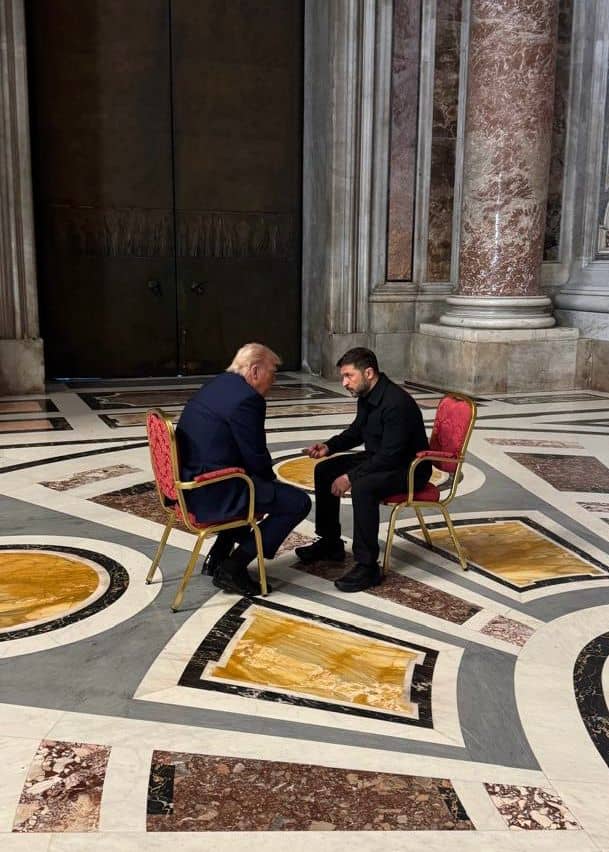NEW YORK — As flames engulfed Notre Dame Cathedral one year ago, two critical moments standout among many of the first responders in Paris: The moment the Crown of Thorns was retrieved from a glass safe in the reliquary and the decision to send 50 firefighters into the north tower to directly fight the blaze.
The first ensured that one of Christendom’s most prized relics would be saved and the second prevented both of the towers from collapsing, saving the 850-year-old landmark itself.
While April 15 may be Tax Day for Americans, for France — and for Catholics around the world — it will forever be remembered as the day that one of the treasures of Western Civilization was spared destruction.
Last year’s fire occurred at the start of Holy Week, resulting in Paris’s Archbishop Michel Aupetit having to shift services to another of the city’s grand churches, the majestic Saint Sulpice less than a mile away.
This year, on Good Friday, he returned to Notre Dame for an intimate prayer service.
Wearing a hardhat and maintaining physical distancing from the other few attendees due to the COVID-19 pandemic, he stood underneath a hole in the roof and paid tribute not to the empty structure, but to what it has come to represent.
“We are here in this cathedral, which a year ago, burned and partially collapsed causing astonishment and a global impetus to restore this magnificent monument, to witness to the genius of man when he contemplates your transcendence,” said Aupetit.
For a year Notre Dame has been closed, but Catholics across the country have attested to a spiritual reawakening spurred on by the nearly fatal fire of 2019.
“With last year’s fire, secularized France has rediscovered that Notre Dame is in some way the heart of our country,” Bishop Matthieu Rougé of Nanterre told Crux.
Rougé pointed to the fact that the famous violinist Renaud Capuçon and French actor Philippe Torreton joined the archbishop for the occasion, a sign of prominence that even in the most secular of states, the meaning of Notre Dame has left an indelible mark on the whole country.
Karine Dalle, director of communications for the archdiocese of Paris, told Crux that originally a large procession has been planned to the nearby Sainte-Chapelle, commissioned by Louis IX to house the Crown of Thorns, but the plans had to be nixed due to the pandemic.
Despite a modification of plans, Rougé said that that small service still reminded the entire country of its heritage.
“Once again, France felt its heart beating in this very special place of history and prayer,” he said.
Yet while spiritual stirring may be underway, there’s the very real task of restoring the cathedral.
In August, Monsignor Patrick Chauvet, the rector of Notre Dame, told Crux that the restoration of the Cathedral would take place in three stages.
The first phase, which is still ongoing, is to secure the structure, then a second stage to put in a wooden rooftop, which will allow for scaffolding to be installed atop the cathedral where the original roof once stood, which collapsed during the fire. Finally, the restoration stage will allow carpenters, stonecutters and sculptors to begin the work of restoring it to its state before the fire.
RELATED: Season two opens for famed Paris cathedral, but it’s a long-running show
Chauvet described his role in the restoration as that of a diplomat, as he serves as the liaison among the archbishop of Paris, the city of Paris, the President of France, and the Ministry of Culture, which is responsible for the restoration efforts.
Twelve months later, however, reconstruction has effectively been halted due to pandemic.
“Imposing a meter between each person is unthinkable,” Rémi Fromont, the chief architect of Historic Monuments, recently told Le Monde. “It’s going to be very difficult to disinfect the door handles.” Fromont also raised concern about transportation for workers, many of whom live outside of Paris and would need accommodation to continue with the work.
Dalle told Crux that while the real work of restoration is delayed, there are still hopes to re-open the cathedral for worship within the 5 year period that French President Emmanuel Macron had promised, even if is unlikely that the restoration is not fully complete.
“What is important is that we can celebrate Masses there again,” she said.
On Wednesday, the cathedral’s “bourdon Emmanuel,” the famed bell in its south tower, will ring for only the second time since last year’s fire. The bell will join in with the voices and sounds from across the city at 8pm when Parisians cheer nightly for those on the front lines fighting the pandemic, offering yet another small, but significant sign of life from the timeless landmark.
While the restoration project has been the source of much debate — with some advocating that the cathedral be updated with some modern flourishes and others wanting it to be rebuilt to its exact state before the fire — Church leaders in France are also insisting that while talk of stones and structures is important, they can’t lose sight of the spiritual significance of what the cathedral represents, both historically and now.
Prior to the pandemic, the French government had announced that it planned to open up the crypt and the plaza outside of the cathedral, which has been closed for the past year.
There, Chauvet says he’d like a place a monument of Mary from the Cathedral outside of it to stand vigil.
“I wish that Our Lady can leave the cathedral since we cannot go back inside, but she can go out to meet her children,” he told Crux, saying that the monument could welcome the 13 million visitors the cathedral typically receives each year.
“We are a religion of the Incarnation,” he said. “We love to see, so it seems important to me to be able to do such a thing to maintain this flame of spiritual renewal.”
Follow Christopher White on Twitter: @cwwhite212


















